
Kenya was engulfed by a cloud of apprehension on 12 March 2020, when the Ministry of Health confirmed the country’s first case of coronavirus since its outbreak in China in December 2019.
Health Cabinet Secretary Mutahi Kagwe, who has been giving routine updates on the pandemic, said the suspected case was a Kenyan who had travelled to Nairobi from the United States through London.
He noted that there was no need for alarm as the woman was stable, behaving “quite” normally and the government was drawing up measures to guard against the spread of the potentially deadly disease in Kenya.
Measures to confront COVID-19 included the activation of the National Emergency Response Committee on Coronavirus that was tasked with preparedness, response and the provision of strategic leadership.
Measures to confront COVID-19 included the activation of the National Emergency Response Committee on Coronavirus.
Barely four days after disclosure of the first case in Kenya, the government abruptly closed schools and colleges, disrupting nearly 17 million learners. Since then, the Ministry of Education has been issuing contradicting and oftentimes confusing pronouncements on how learners can access education from their homes.
Education Cabinet Secretary George Magoha has insisted that students were not on holiday and should, therefore, continue schooling via technology-mediated learning on television, radio, and local education technology applications. However, this has been opposed by parents and activists who say the move would exclude children in remote areas who lack access to power and modern technology.
Besides the closure of learning institutions, a dusk to dawn curfew was imposed on 25 March, businesses shut down, and public transport scaled back, while organisations were encouraged to implement “working from home” plans as a strategy to minimise contact. On the other hand, COVID-19 hotspots such as Nairobi, Mandera, Mombasa, Kilifi and Kwale counties were placed under restricted lockdown, which limited the movement of people in and out of these regions.
COVID-19 hotspots such as Nairobi, Mandera, Mombasa, Kilifi and Kwale counties were placed under restricted lockdown, which limited the movement of people in and out of these regions.
Even with these limitation measures, the reported coronavirus cases in Kenya have been on a gradual rise. As at 1 June, the country had a total of 2,021 cases from a total of 80,054 samples tested since the onset of the pandemic. Similarly, the number of recoveries increased to 483 patients, while the number of lives lost as a result of the disease hit 69. This is in contrast to the 2 May when there were only 435 cases, with recoveries and deaths figures reported as 152 and 22, respectively.
Apart from the fact that the number of people being tested has gone up, automatically translating to a bigger volume in cases, the spike in numbers has also been attributed to what is seen as a relaxation in the restrictions put in place to suppress the crisis.
Despite the threat from Kagwe that “if we continue to behave normally, this disease will treat us abnormally”, it is widely perceived that the movement restrictions and social distancing guidelines exclude politicians who continue flouting them by holding public gatherings. Indeed, in what appeared to be a show of growing frustration from the political class, the Chief Administrative Secretary in the Ministry of Health, Dr Rashid Aman, confessed to the media in late May that “we have no control over politicians and leaders who go against the COVID-19 protocols”.
It is widely perceived that the movement restrictions and social distancing guidelines exclude politicians who continue flouting them by holding public gatherings.
Ironically, Kenyans continue to be arrested and placed under a 14-day mandatory quarantine for breaching the coronavirus regulations. Initially, those arrested were asked to foot the bill for their own quarantine. But on 6 May, having noticed people had grown averse of voluntary tests, the government stepped in and said it would cover the isolation expenses. Even so, those in isolation centres complain of mistreatment, negligence, lack of medical care and sanitary facilities.
In what appears to be a show of a lack of focus, seriousness and leadership in confronting the COVID-19 pandemic, the health ministry on 29 May noted that at least 140 people who had tested positive for coronavirus provided incorrect contact information, an issue it said was “very serious” as these people “were roaming around”, spreading the deadly virus.
Worse, the country appears to have grown weary of Kagwe’s daily press briefings on the coronavirus. Politicians have also turned a sword on him, saying the numbers without proper plans meant nothing in the battle against the pandemic. A week ago, a section of leaders criticised the Cabinet Secretary for engaging in what they termed a public relations exercise in Nairobi even as county governments faced drugs and human resources shortages amid the pandemic.
According to the Kenyan Constitution, healthcare is a function of the devolved units. However, they face an insufficient allocation of funds from the national government to sustain their operations. Governors claim the funds meant for Covid-19 continue to be misused in Nairobi as Kenyans suffer.
Governors claim the funds meant for Covid-19 continue to be misused in Nairobi as Kenyans suffer.
Only recently, a leaked memo on the breakdown of Ksh1.3 billion spent in the fight against the Covid-19 pandemic showed that Sh42 million had been spent on leasing ambulances, Ksh4 million for tea and snacks, and Ksh2 million on airtime. The expenditure was part of the Ksh1 billion donated by the World Bank for an emergency response that was to cater for the procurement of personal protective equipment, medicines and the setting up of isolation facilities.
But even with the few funds available, counties have been under the spotlight, suspected of extravagance and embezzlement. In early May, four senior Kilifi county officials were arrested over tenders for the construction of a Kilifi Covid-19 Complex Centre and the repair and maintenance of equipment in county hospitals worth millions of shillings. Meanwhile, Bungoma County Governor Wycliffe Wangamati is under investigation by the Ethics and Anti-Corruption Commission over the inflation of prices of sanitary items for combatting coronavirus.
As the second phase of the lockdown comes to a close, pressure is mounting on President Uhuru Kenyatta, who has been pre-occupied with the review of the Constitution and “instilling discipline” in his Jubilee party, to be on the frontline and show leadership in confronting coronavirus.
We’d love to hear from you! Join The Wicked Conversation by leaving your comments below, or send your letter to the editor to richard@gga.org.
Mark Kapchanga is a senior economics writer for the Standard newspaper
in Kenya and a columnist for the Global Times, an English-language newspaper
in China. He is pursuing a PhD in investigative business journalism at the
University of Nairobi.

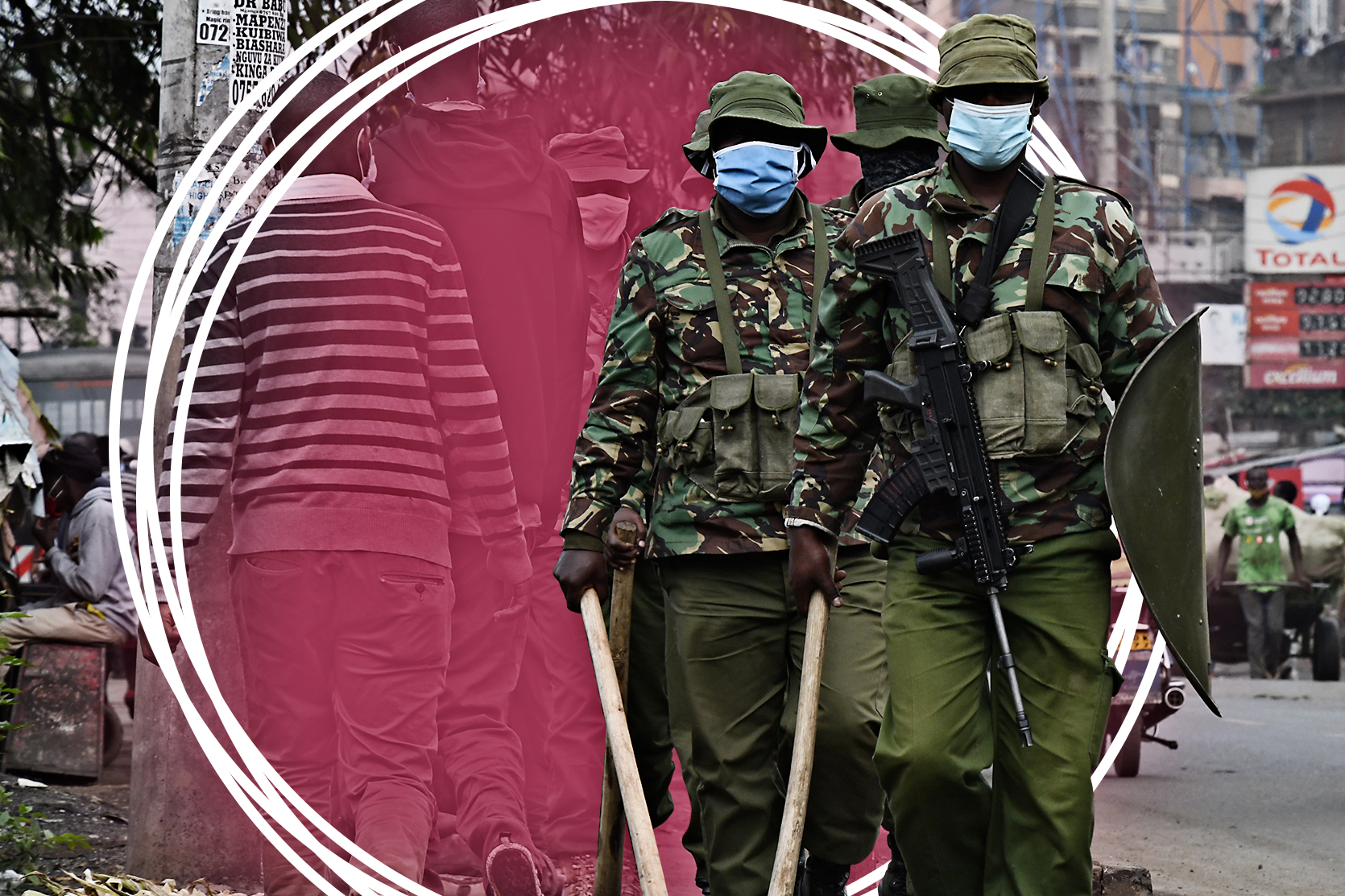
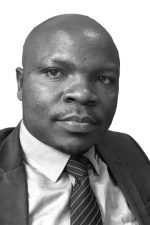
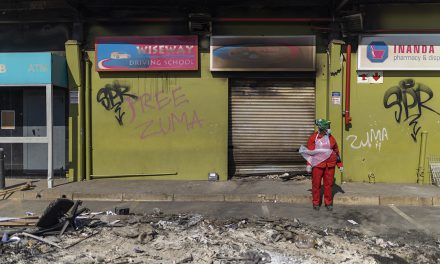
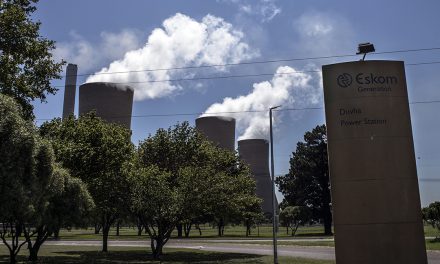
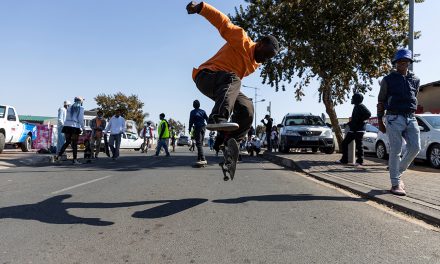



What a material of un-ambiguity and preserveness of precious
experience about unpredicted emotions.
Good Day,
Many thanks for your response and your kind words. Kindly keep an eye on our page for more*